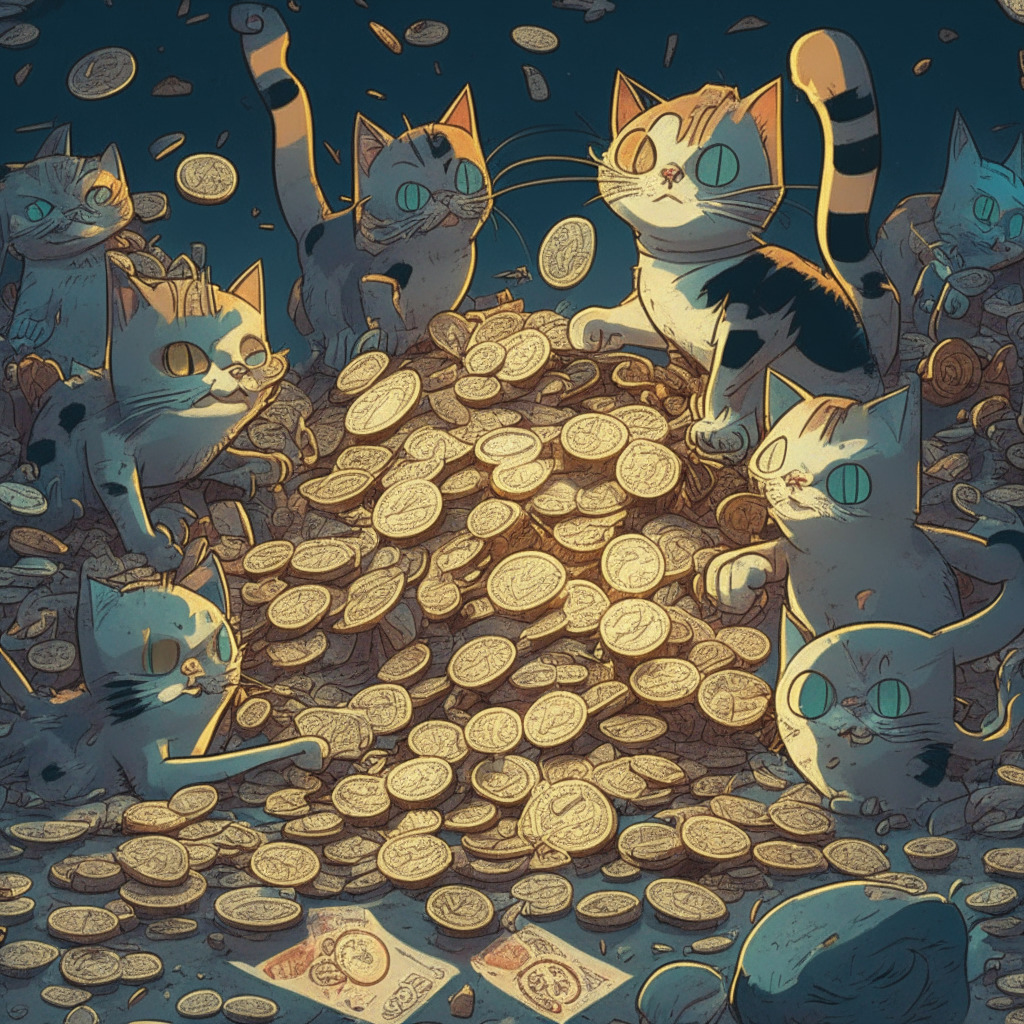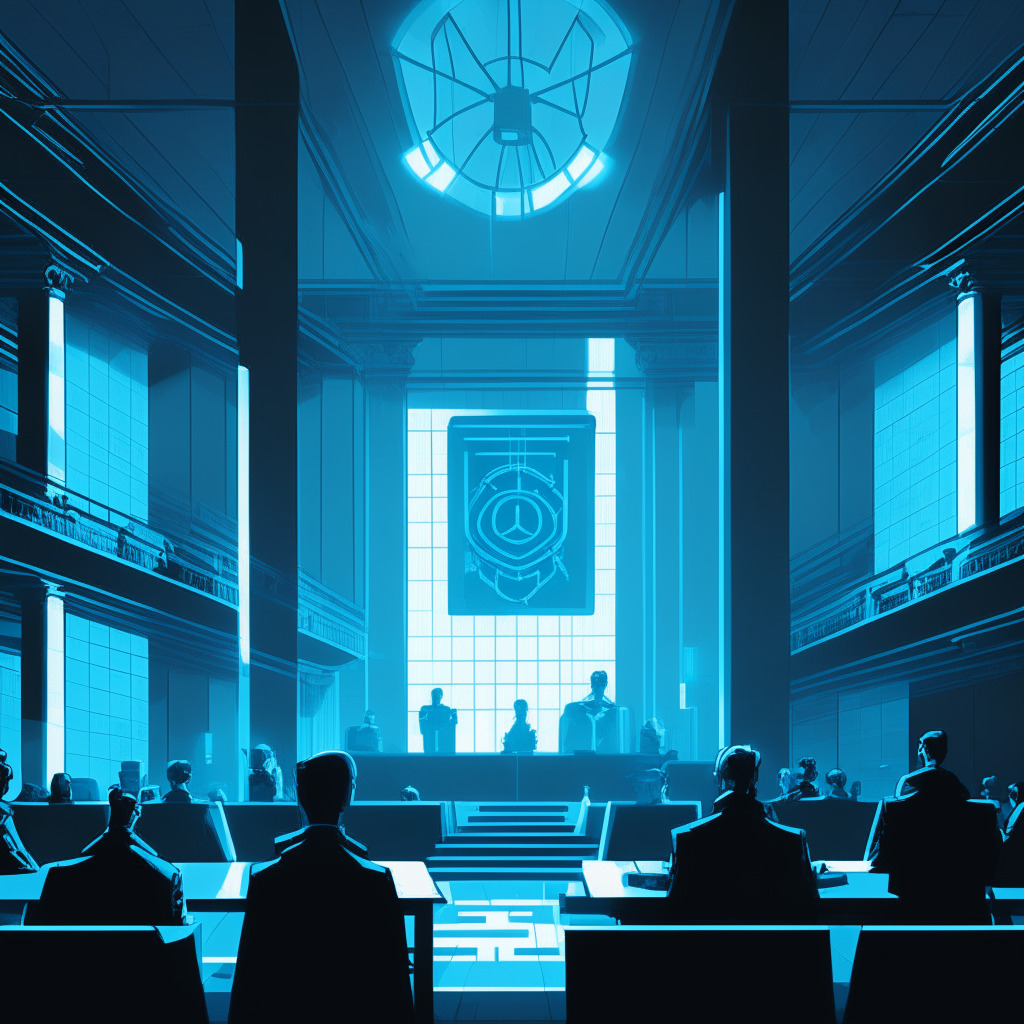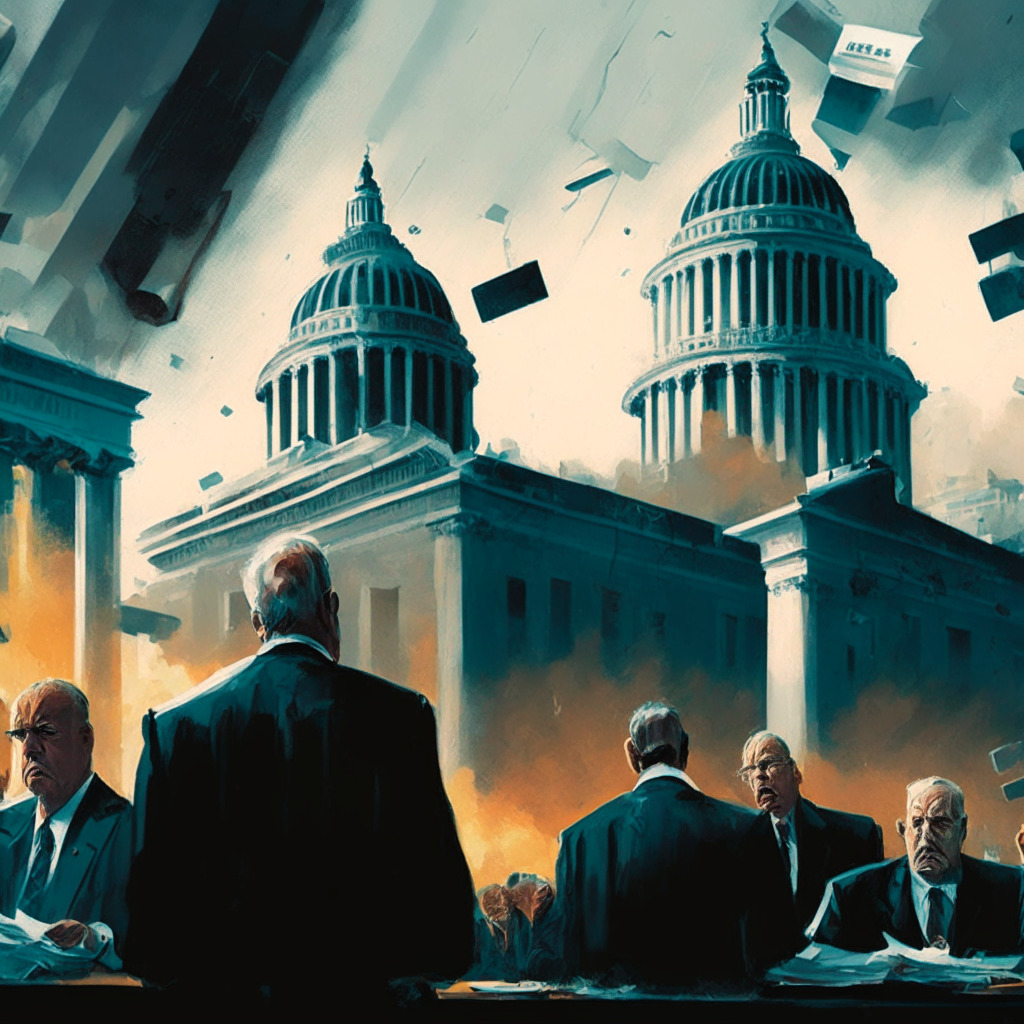The U.S. Securities and Exchange Commission has demanded Stoner Cats, a web series animated and powered by NFTs, to pay a staggering $1 million fine and destroy the remaining cartoon kitty NFTs. In a rather peculiar turn of events, Stoner Cat NFTs are now trading at a massive 250% higher than their value before the news of the fine broke out, with trading volumes catapulting by an incredible 7,256%.
Stoner Cats 2, LLC, the creator of the NFTs and the entity responsible for the SEC fine, is also being required to establish a reimbursement fund, known as a “Fair Fund” to pay back investors who were supposedly disenfranchised. This fund, technically managed by the SEC, is a part of the Sarbanes-Oxley Act of 2002 and is designed to return profits to defrauded investors. However, it remains unclear how much money will be set aside for the fund, or how the reimbursed money will be dispersed.
With a floor price for Stoner Cats being as low as 0.019 ETH for quite some time, the SEC action seems to have been interpreted by some as a potential opportunity for profit. This is borne out by the sharp rise in value, but it’s uncertain whether anyone will be fortunate enough to recuperate the full 0.35 ETH paid each during the minting day.
When drawing a comparison to Poloniex’s Fair Fund which was a part of a settlement, it was brimmed with the $8,484,313.99 in disgorgement, $403,995.12 in prejudgment interest, and $1,500,000 civil money penalty that the crypto exchange paid. If similar steps are taken for the Stoner Cats case, only $1 million might be set aside for reimbursements, which is only a fraction of the 3,650 ETH – $8.2 million at the time and around $5 million now – accumulated in the token sale.
The SEC maintains that most minters disposed of their tokens on the open market rather than holding onto them as collectibles, accusing Stoner Cats 2, LLC of exploiting the Hollywood talents attached to the project for drawing attention. Yet, if minters profited from their tokens’ secondary market sales, could they genuinely be considered “injured investors?”
Interestingly, Stoner Cats, although criticized by the SEC, has acquitted itself by actually delivering on the promises made during the token raise. Leaning towards its intended purpose, the NFTs were presumably sold to crowdfund a show and as a souvenir. SEC Commissioners Mark T. Uyeda and Hester M. Peirce expressed similar sentiments in their recently published dissent.
All the intricacies of this case highlight the complexity surrounding the regulation of NFTs. While the SEC aims to protect investors, their actions made little difference, besides highlighting Stoner Cats to a wider audience, effectively boosting its value. In this case, it seems that regulation has inadvertently upheld the old adage: there’s no such thing as bad publicity.
Source: Coindesk




